How to clean mold in the shower, stop it coming back and why it forms in the first place
Learn how to kill spores and what to use on hard surfaces vs softer areas

- Signs and symptoms
- Why it's a problem
- Where does it form?
- Cleaning mold on shower tiles
- Cleaning shower mold on caulk
- How to remove mold stains in shower
- 1. Baking soda
- 2. Commercial grout cleaner
- 3. Replace sealants
- How to prevent mold in showers
- 1. Good ventilation
- 2. Keep your products dry
- 3. Dry shower after use
- Is bleach or vinegar better to kill mold?

Chiana Dickson
Given the humidity and moisture levels of bathrooms, it is no wonder your shower is one of the most likely areas for developing mold. It not only looks grim, but it's no good for your health either.
Here, our mold, plumbing and cleaning professionals reveal why it happens, how to treat it across hard and soft shower surfaces, and how to stop it coming back.
Using vinegar is a fabulous and effective cleaning tip for tackling mold in your shower but our guide also delves into using baking soda and when to use commercial products.
Symptoms from mold in showers
Mold happens when spores have adequate warmth, moisture and air supply. Enter your humid bathroom.
Geno Caccia, CEO of Caccia Plumbing explains, 'Mold in your shower is not something you want to ignore. It can cause mild to severe health symptoms.'
You might smell the mold before you spot it. Geno adds, 'You might notice a musty odor first, or experience symptoms. According to the Centers for Disease Control and Prevention, you may have skin rashes, burning eyes, or respiratory symptoms including coughing, wheezing, stuffy nose, or sore throat. Those with allergies or respiratory problems may experience much worse symptoms..
Why is mold in the shower a problem?
Apart from the potential health issues, mold in your shower could over time ruin your bathroom surfaces, resulting in costly repairs.
'Furthermore, it can make your bathroom seem dirty and unsightly no matter how much you clean,' Geno adds. 'If you leave it untreated, mold can spread to other areas of your house, including walls, floors, and HVAC. This makes mold removal more difficult and maybe even devalues your home.'
Ending up with mold in your plumbing can be a tricky, long and difficult issue to fix.
Where in the shower can you find mold?
Mold often hides in the corners where your shower walls meet, along the edges of your shower door, or in the grout between tiles. '
Another prime spot for mold growth is silicone caulk around fixtures,' Geno adds. 'These areas often stay wet longer and collect soap scum, which makes them ideal for the growth of mold.'
To get rid of mold, here are the steps:
How to clean mold from shower tiles
The location of the mold growth will determine how best to remove mold stains.
Geno says, 'For shower tiles, use a spray bottle filled with equal parts water and white vinegar. Spray it on, let it sit for one hour, then use a brush to scrub, and rinse. I recommend using a commercial mold remover for stubborn molds, such as RMR-141 Mold and Mildew Killer from Amazon.'
What’s more, cleaning with vinegar is also ideal for getting rid of bathroom ceiling mold and cleaning glass shower doors for a streak-free shine, making the solution perfect for an all-around clean.
Michael Golubev, CEO and expert at Mold Busters agrees if the mold remains or returns quickly a commercial mold spray is a wise move. He adds, 'When using this method, you should always wear gloves and ensure proper ventilation.
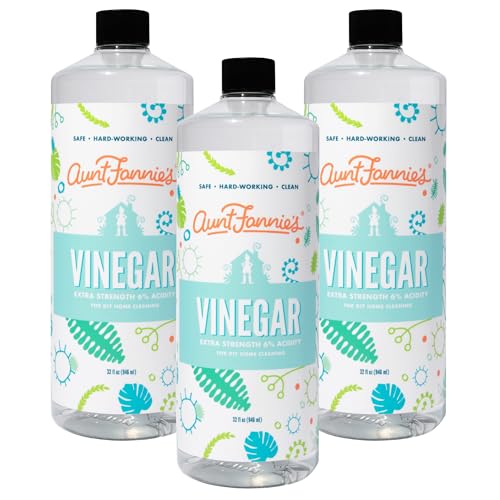
A multi-pack of cleaning vinegar such as these is a good investment for your cleaning supplies. You can use on mold, to deodorize laundry and even for pest control as many bugs and common household pests detest the smell of vinegar.
How to remove shower mold from caulk
Caulk and silicone are trickier to remove mold from. Geno advises you 'may have to completely remove and replace the caulk if the mold grows extensively.'
To treat lighter shower mold infestations, try soaking cotton balls in bleach and pressing them against the moldy caulk overnight, Geno suggests. 'Scrub the area with an old toothbrush in the morning, then rinse thoroughly.'
Geno adds, 'In my experience, natural solutions such as vinegar or a paste made of baking soda and water are often effective and safe. If you’re dealing with tougher jobs, using products containing bleach or hydrogen peroxide can be more powerful. However, always use these carefully and with proper ventilation.'
There are three products that experienced plumbing expert Geno prefers using and recommends, and all are available from Amazon:
Tilex Mold & Mildew Remover 16 Fl Oz (Pack of 2)
25326 Mold Control Spray, 32 oz
X-14 Mildew Stain Remover, One Gallon
How to remove mold stains in the shower
Once you have used vinegar to kill mold, you may be left with some dark staining that seems almost impossible to remove and can ruin the look of your shower. Luckily, the experts have some top tips that make removing these marks a breeze.
1. Use baking soda
Cleaning with baking soda provides a whitening effect for mold stains – especially if you cleared the mold away as soon as it formed.
Use this gentle abrasive by combining it with just enough water to make a paste and applying it liberally to the stain, suggests Penny Nicholas, cleaning expert and founder of Sparkling Penny. ‘Let it sit for a few minutes before scrubbing it away and rising with water,' she adds.
2. Use a commercial grout cleaner
Cleaning grout in a shower can be tricky as it absorbs moisture and clings onto stains. If baking soda has not proved strong enough, or you have much older stains, a commercial grout cleaner will help you shift it.
‘If mold has stained the sealant or grout, try using a specialized grout cleaner, suggests Michael Golubev, mold removal expert. One highly rated option is the Black Diamond grout cleaner on Amazon.
Apply it across the stained area and allow it to sit for the recommended time. Michael adds, ‘You can then scrub with a toothbrush or a soft brush and rinse.’
3. Replace your sealant
Unfortunately, very old mold stains may be impossible to remove, and may not even lighten with bleach. If the marks bother you or are covering a large portion of your shower, then it may be time to consider replacing your sealants.
‘Mold can burrow deep into porous materials like grout and sealant, making it tough to remove. If the mold is only on the surface, you can try using a bleach solution or vinegar to remove it, if this doesn't work, then it may be too late to salvage,’ says Penny Nicholas, cleaning expert.
Learn how to remove grout and grout tiles from scratch.
How to prevent mold in showers
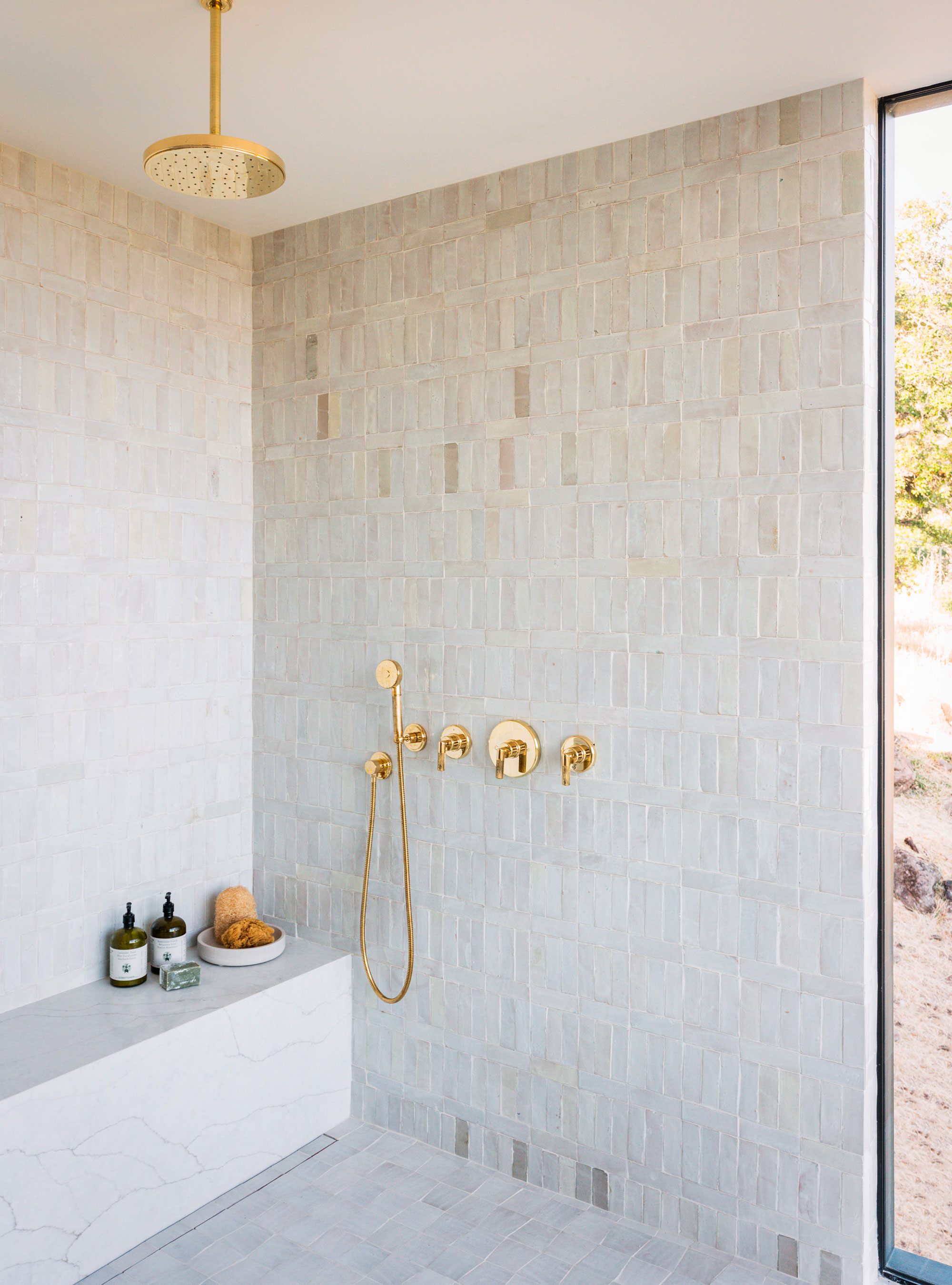
Prevention is always easier than the cure when it comes to home maintenance and, while mold in a shower is one of the more difficult things to avoid entirely, there are a few things you can do to keep on top of it.
1. Ensure good ventilation
A common bathroom design mistake is not having enough ventilation. Add in a fan to help exhaust excess moisture during and after showers – even if your bathroom has an external window, as this makes all the difference in removing moisture and mold spores before they settle.
‘We turn on the bathroom vent while we shower and leave it running for about 15 minutes afterward to help reduce moisture which can cause mold growth in showers,’ says Danielle Skeaton, cleaning influencer, homemaker, and lifestyle blogger.
2. Keep beauty products dry and away from showers
It is normal to keep our body washes in the shower where we use them, but hollow lids can harbor moisture that encourages mold growth, Danielle Skeaton points out.
‘I just recently found mold growing on the lid of my Dove body scrub and had to clean it with disinfectant wipes to kill all the bacteria. Now I store it in the organizers under the bathroom sink instead of in my shower when I’m not using it,’ says Danielle.
I also check the underside and adhesive patches of my no-drill shower shelves regularly as it's a magnet for 'pink mold', which is a common bathroom bacteria.
3. Keep the shower clean and dry between uses
A shower is designed to get wet, but drying it down afterward can help to prevent mold spores from developing on your grouting and sealant.
Plumbing pro Geno Caccia says, 'After each shower, use a squeegee or cloth to clean the walls and door. This helps remove excess moisture. To let air flow, leave the shower door open or the curtain spread out. To reduce humidity, run a fan or open a window.'
Geno also explains why regular cleaning is important in managing shower mold. 'You can scrub weekly to greatly reduce mold growth. I often recommend my clients use a daily shower spray like Method Daily Shower Spray or Wet & Forget Shower.'
We have the same rules in our house and it works a treat to banish mold in our shower. I keep a squeegee in our en suite shower cubicle, which also helps reduce mineral deposits over the tiles and glass, and wipe down the edge of the bath in the family bathroom when my daughter is finished.
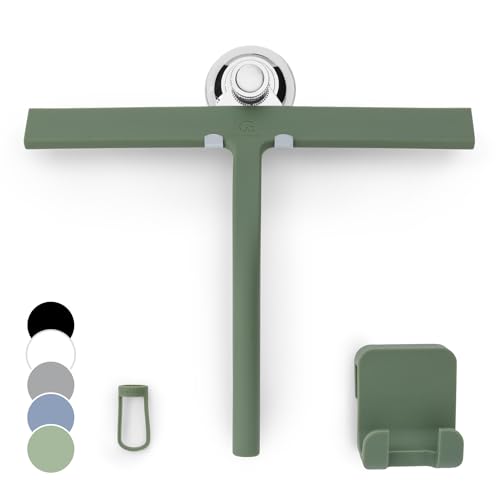
This slim 11 inch squeegee comes with it's own adhesive, matching hook so your device will always have a set home in your shower.
FAQs
Is bleach or vinegar better to kill mold?
Studies by the EPA have not only shown that vinegar is better at killing mold than bleach but bleach should be avoided altogether when it comes to dealing with mold around the home. Bleach was found to leave a background level of mold spores behind, contributing to the regrowth of mold within days or weeks.
Cleaning mold in a shower may not be the most glamorous of tasks, but it is essential to keeping your shower space hygienic, safe, and looking its best.
Next, learn the best ways to clean your shower head.
Sign up to the Homes & Gardens newsletter
Design expertise in your inbox – from inspiring decorating ideas and beautiful celebrity homes to practical gardening advice and shopping round-ups.

Punteha was editor of Real Homes before joining Homes and Gardens as Head of Solved. Previously, she wrote and edited lifestyle and consumer pieces for the national press for 16 years, working across print and digital newspapers and magazines. She’s a Sunday Times bestselling ghostwriter, BBC Good Food columnist and founding editor of independent magazine, lacunavoices.com. Punteha loves keeping her home clean, has tested and reviewed the latest robot vacuums, enjoys cooking, DIY, and spending weekends personalizing her newly-built home, tackling everything from plumbing to tiling and weatherproofing.
- Chiana DicksonContent Editor
-
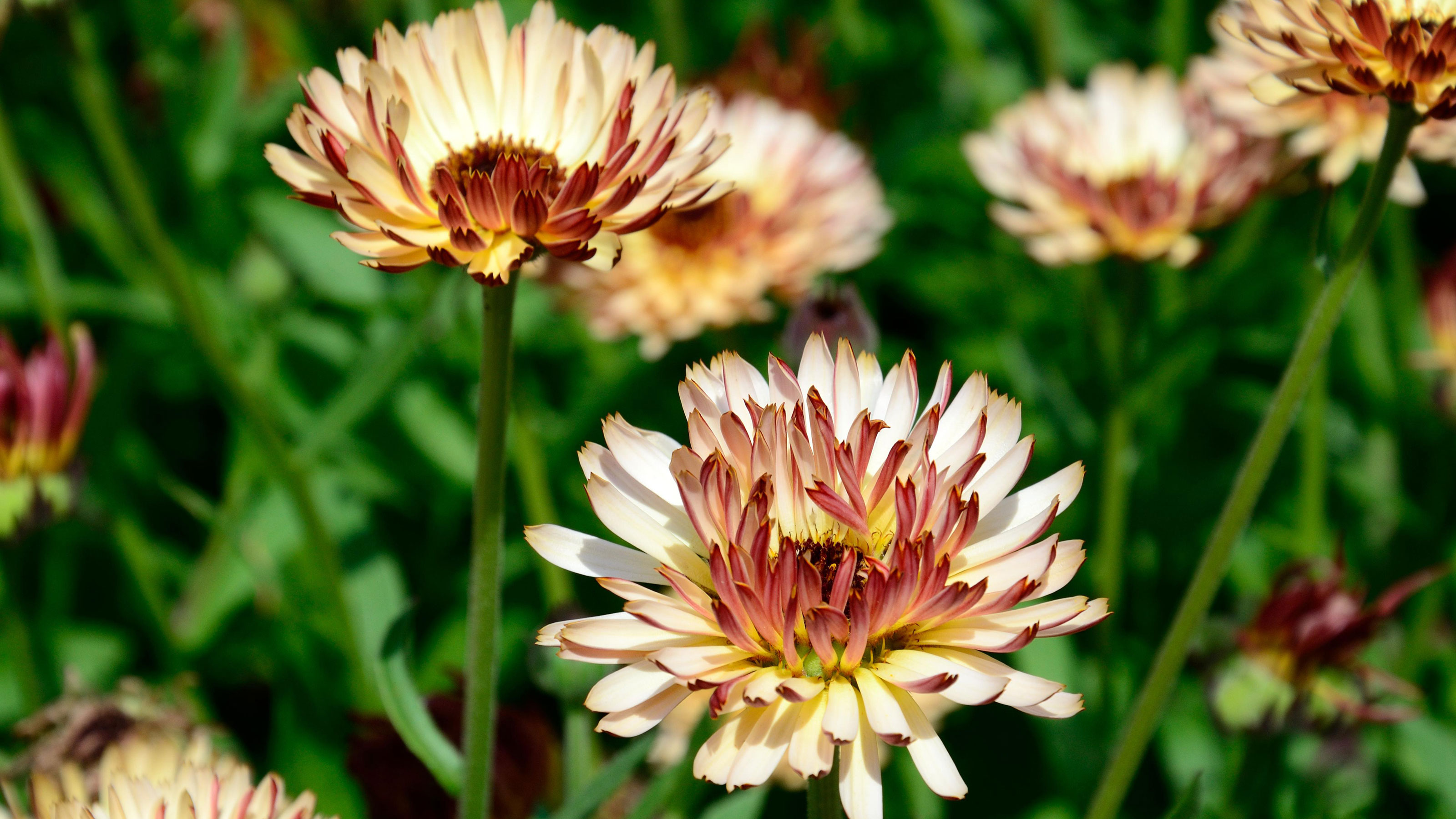 Calendula varieties – 16 pot marigolds that will provide more than just a burst of sunshine all summer long
Calendula varieties – 16 pot marigolds that will provide more than just a burst of sunshine all summer longDiscover the best calendula varieties and why these hard-working plants need to be in every garden
By Ruth Hayes Published
-
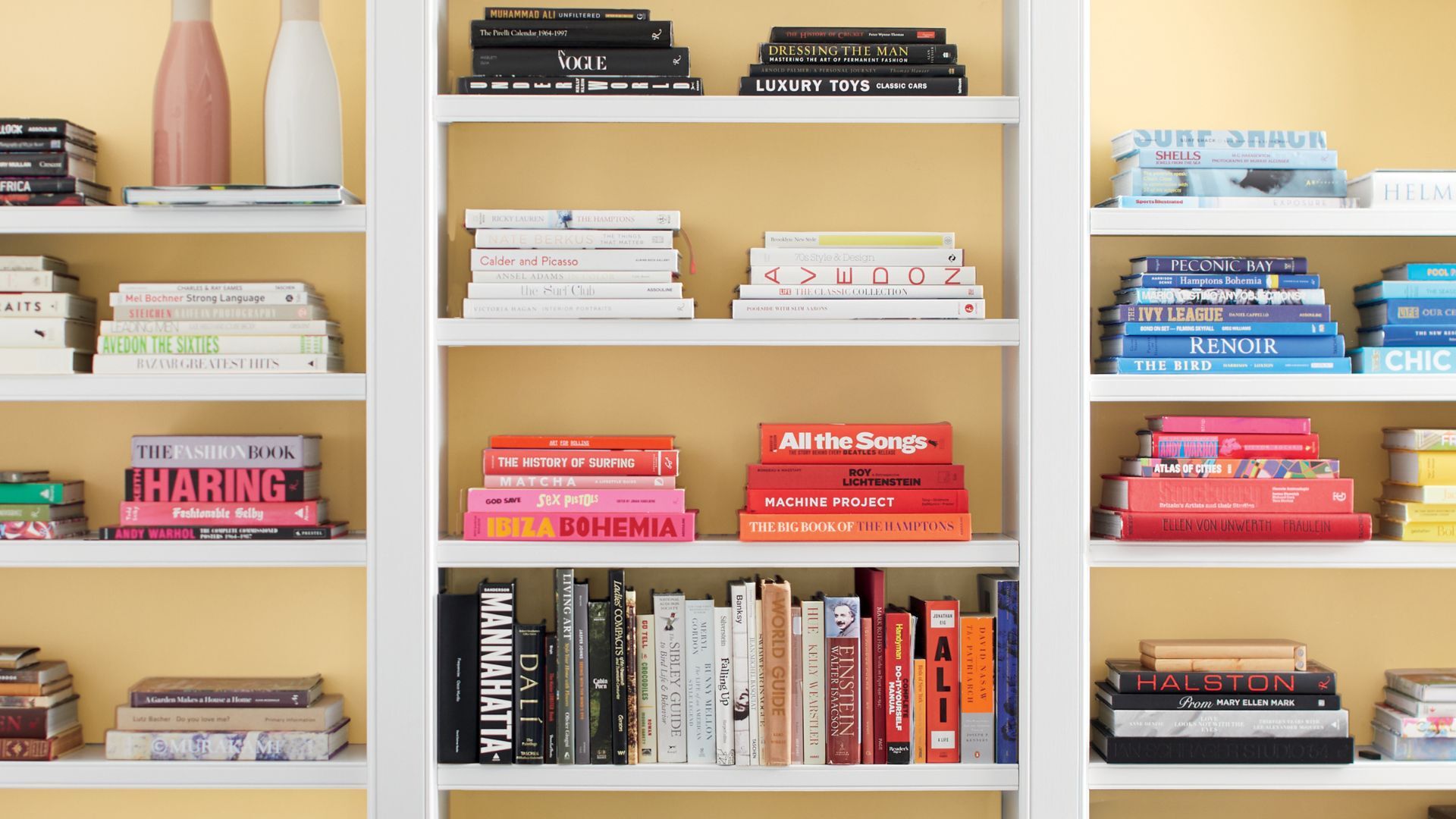 'It has a presence but doesn’t overwhelm a space' – Benjamin Moore's best butter yellow paints prove how usable the color everyone is melting for can be
'It has a presence but doesn’t overwhelm a space' – Benjamin Moore's best butter yellow paints prove how usable the color everyone is melting for can beBright, pollen yellow is out and muted, butter yellow is in
By Sophia Pouget de St Victor Published
-
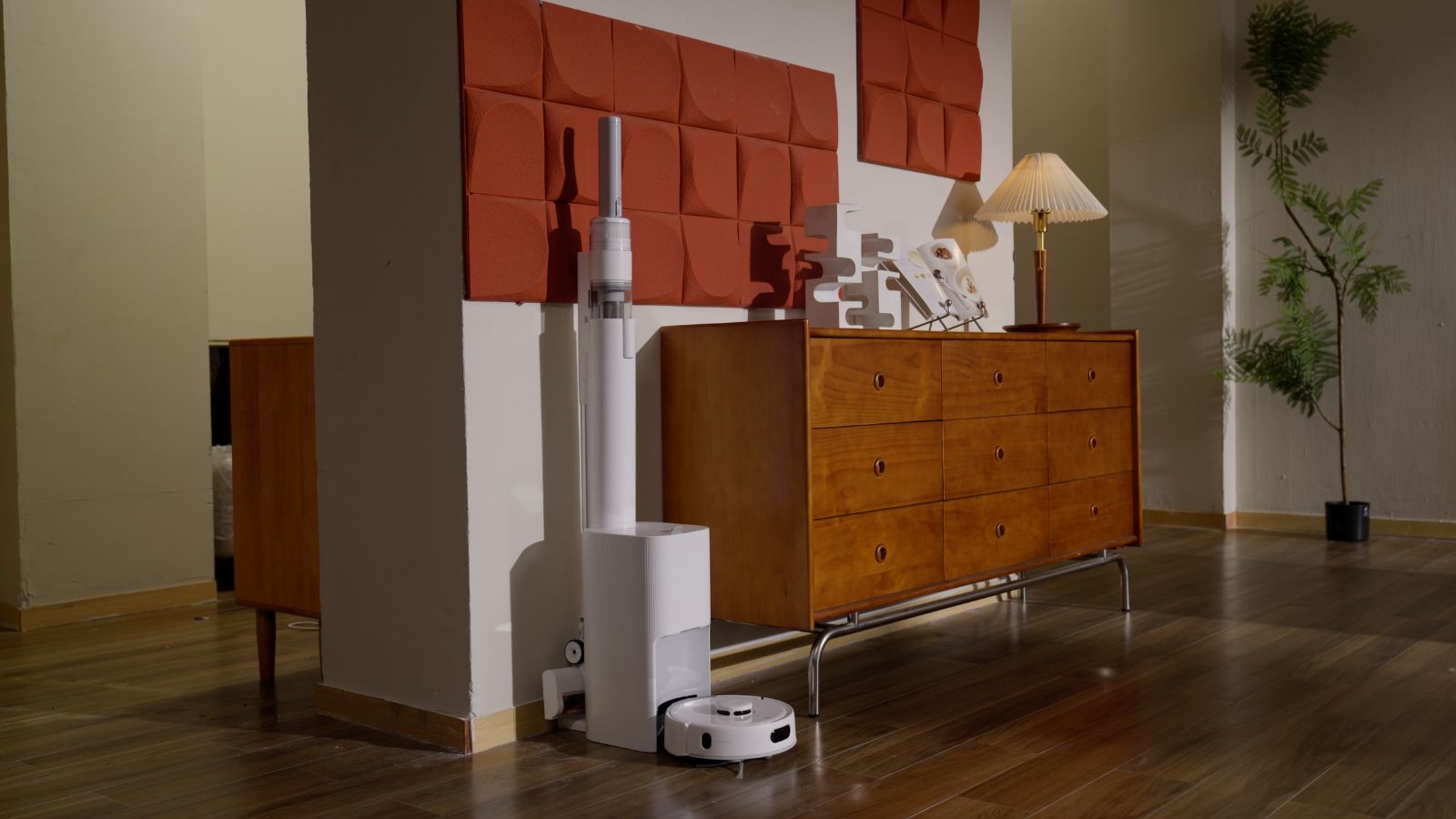 The SwitchBot K10+ Pro Robot Vacuum Combo is good for small spaces – but the mopping function falls short
The SwitchBot K10+ Pro Robot Vacuum Combo is good for small spaces – but the mopping function falls shortI tried the world's smallest robot vacuum in my busy home with 4 dogs. This is how it fared
By Ottilie Blackhall Published
-
 Pet vacuums vs. regular vacuums – what's the difference, and which do you really need?
Pet vacuums vs. regular vacuums – what's the difference, and which do you really need?As a home tech expert who has spent 200+ hours testing vacuums, here's the lowdown on special 'pet' vacuums
By Dan Fauzi Published
-
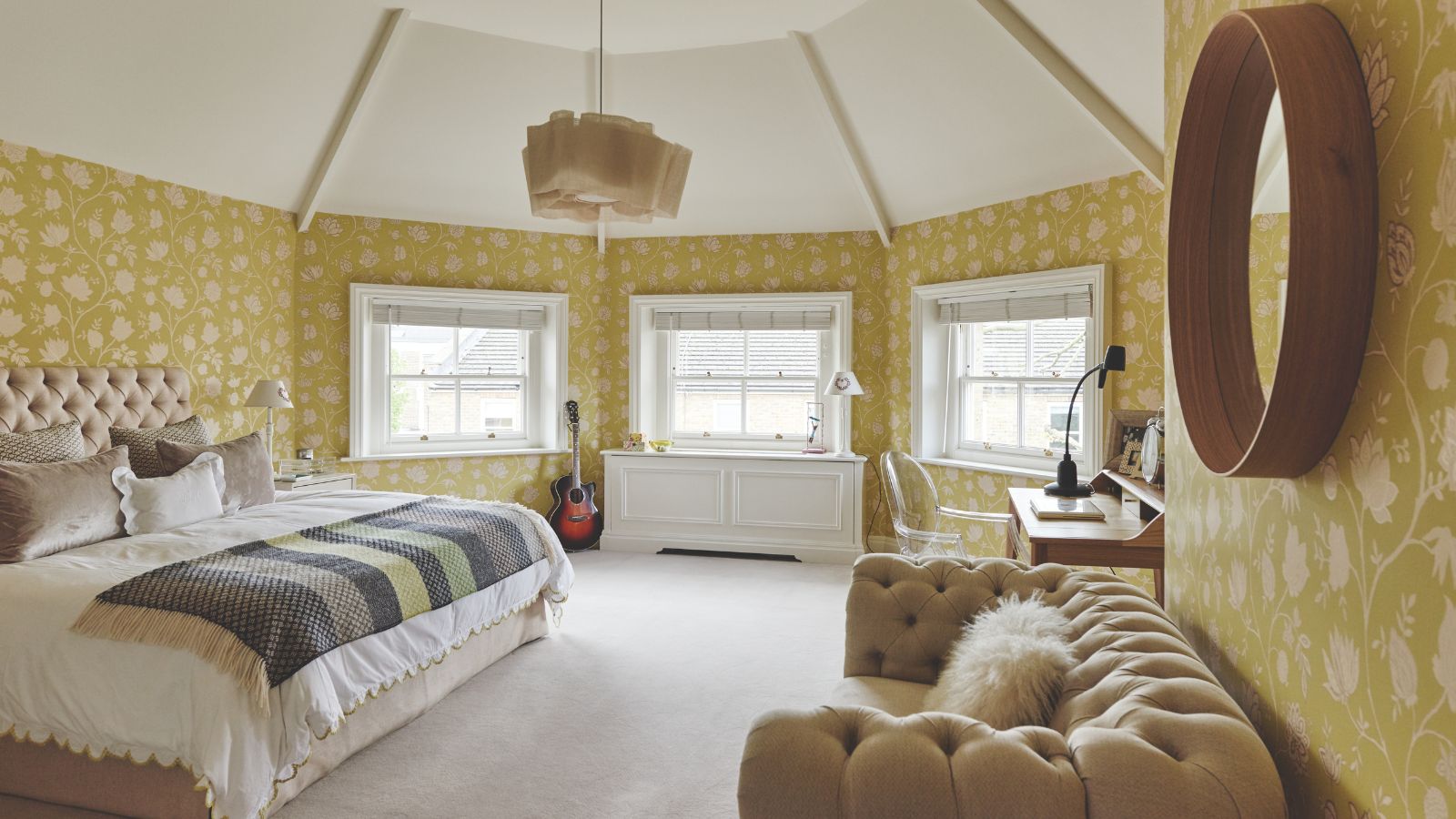 6 essential money-saving spring cleaning hacks – save as you spruce
6 essential money-saving spring cleaning hacks – save as you spruceSpring cleaning doesn’t need to come with a hefty price tag
By Andy van Terheyden Published
-
 My mom told me this skin spray is great for stripping stubborn, sticky residue from surfaces – she was so right
My mom told me this skin spray is great for stripping stubborn, sticky residue from surfaces – she was so rightSkip frustrating scrubbing and enjoy easy removal with just one product
By Chiana Dickson Published
-
 I've spent 200+ hours testing vacuums – I think these 4 vacuum features are gimmicks and not worth the spend
I've spent 200+ hours testing vacuums – I think these 4 vacuum features are gimmicks and not worth the spendNot every vacuum needs to be able to do everything
By Dan Fauzi Published
-
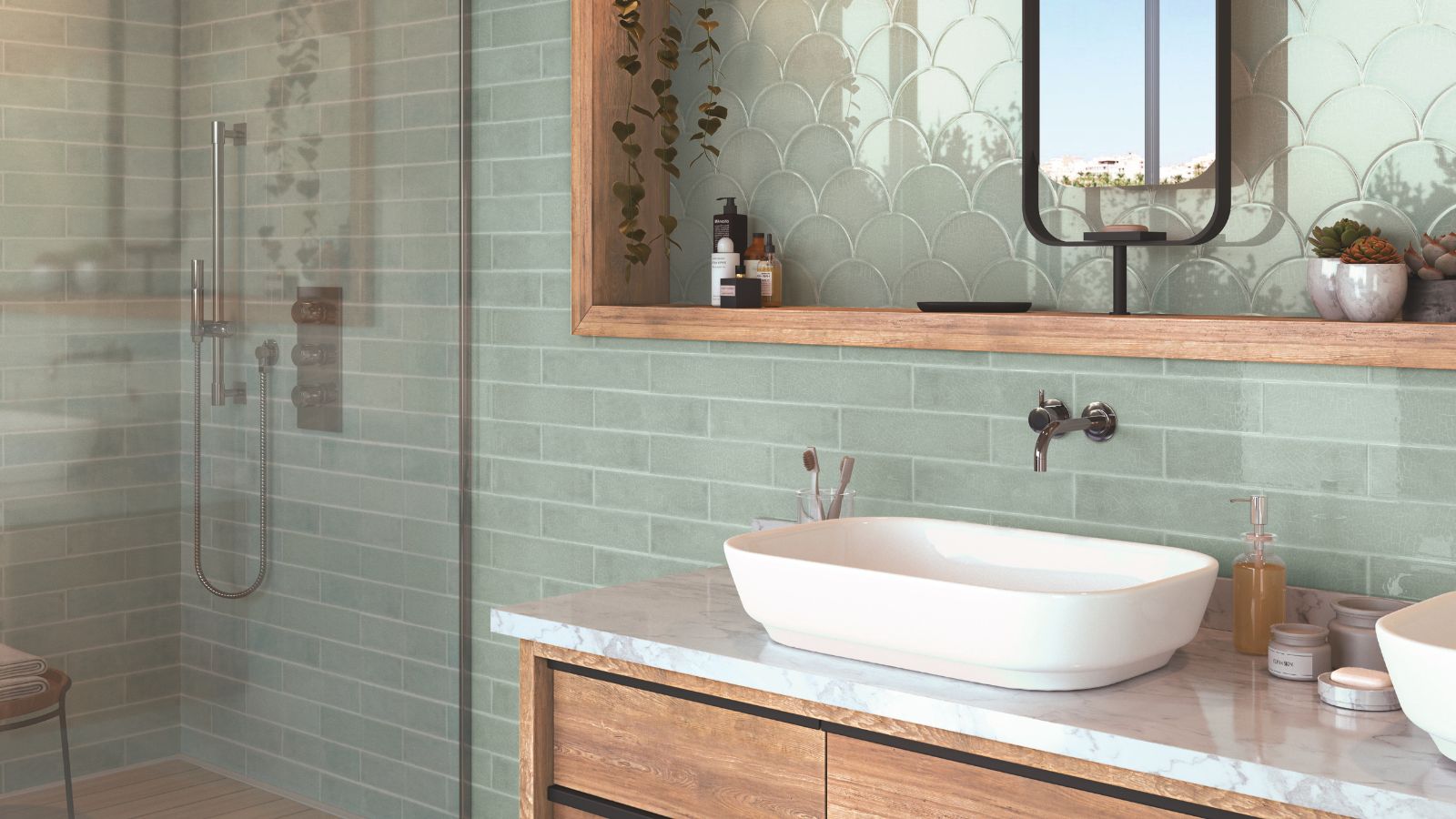 'It was like magic' – 4 highly-rated toilet limescale cleaners people swear by
'It was like magic' – 4 highly-rated toilet limescale cleaners people swear byThey’re tested – and loved – by everyday homeowners
By Chiana Dickson Published
-
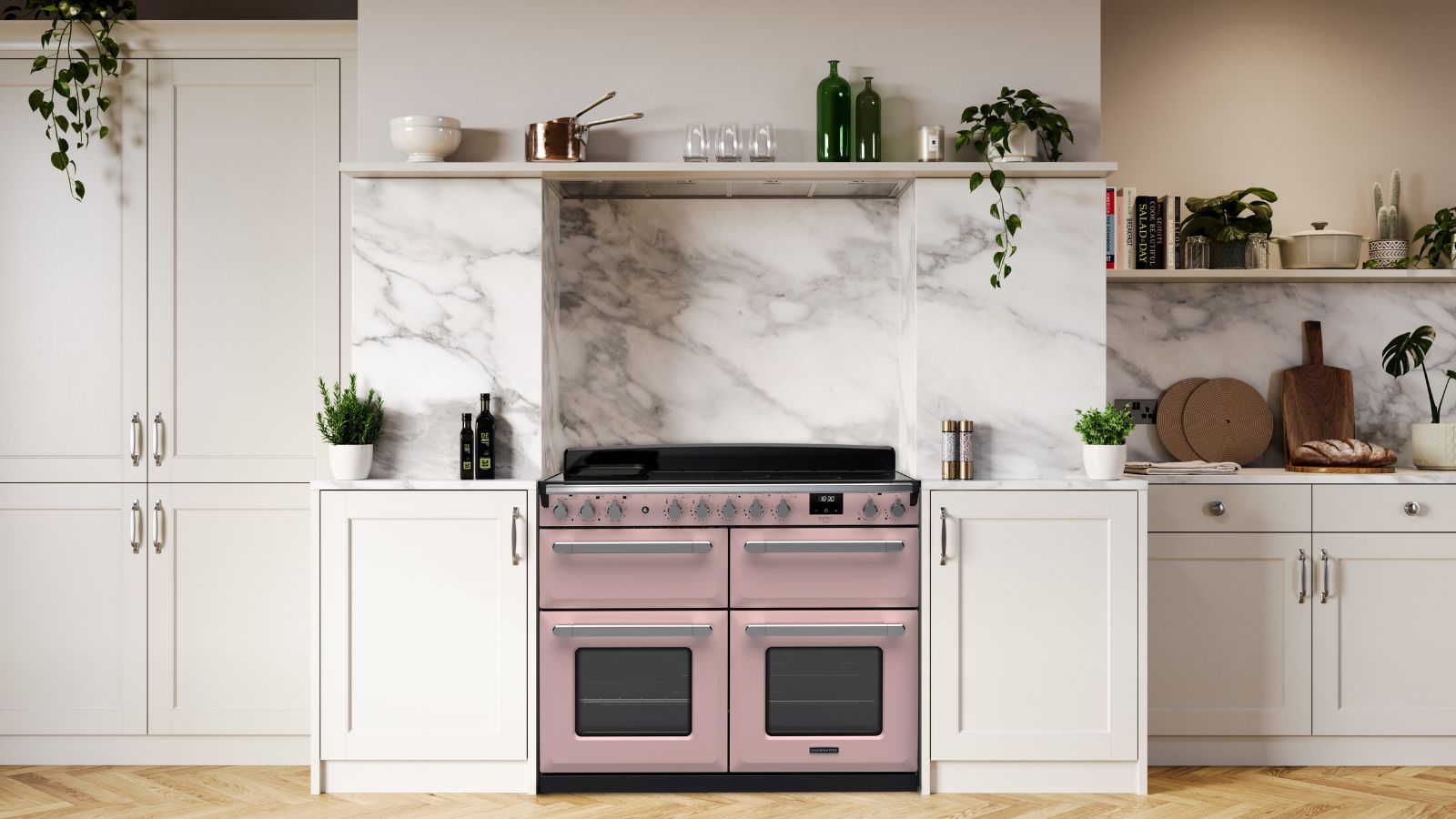 'Wipes everything off like butter'– the 5 highly-rated cleaners that people swear by
'Wipes everything off like butter'– the 5 highly-rated cleaners that people swear byThese popular picks promise sparkling, fuss-free results
By Eve Smallman Published
-
 I tried steam cleaning my dirty windows and it was unbelievably quick and easy – but this one water trick is essential
I tried steam cleaning my dirty windows and it was unbelievably quick and easy – but this one water trick is essentialSteam cleaning glass is super simple with this secret ingredient
By Chiana Dickson Published